In 2009, 29-year-old Ilia J. Smith was at a spa with her friend, Tracee Blackburn. As Smith stepped into the pool, her friend, a dermatologist, suddenly looked intently at the large spot on Smith’s right hip. Smith quickly reassured her: “Oh! It’s a birthmark!”
Blackburn took a closer look and didn't believe it was a birthmark, so she warned Smith to keep an eye on the area. Out of an abundance of caution, Smith asked her mother and confirmed that the birthmark was ancient, according to Insider.
More than a decade later, her friend was right: Smith's birthmark was eventually diagnosed as melanoma — the most dangerous form of skin cancer.
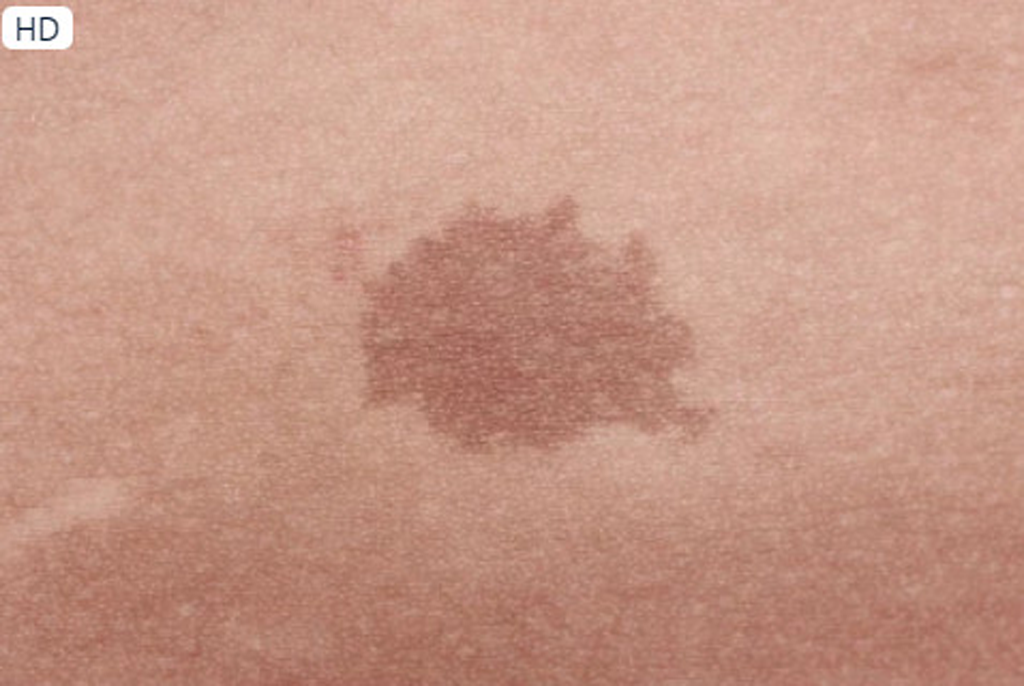
The girl thought the spot on her skin for years was a "birthmark" until it started bleeding when she scratched it.
The birthmark began to itch and bleed.
In 2020, about a year after giving birth, Smith's birthmark began to itch. A few months later, while taking a shower, she accidentally scratched it with her fingernails, causing it to bleed, according to Insider.
The American Academy of Dermatology recommends that any time a mole or spot on your skin starts to itch or bleed, you should see a dermatologist.
Smith immediately remembered the day before at the spa and sent a photo to her physician friend, who urged her to get a biopsy.
Smith went to the office of dermatologist Dr. Dianne Davis and was diagnosed with stage 2B melanoma — a more serious form of stage 2 skin cancer.
A new survey from the American Academy of Dermatology finds that most people don't pay much attention to skin cancer, even though many have factors that put them at risk for the disease.
An outdoorsy person, Smith has lived in the Philippines, California and Texas, all of which have sunny climates. She also uses tanning beds and when applying sunscreen, she opts for “an additional self-tanner with an SPF of 3 or 7.”
She regrets not using a sunscreen with a higher SPF. The right sunscreen could have prevented more serious skin damage.

The patient was diagnosed with stage 2B melanoma - a more severe form of stage 2 skin cancer.
I could have protected my skin and probably wouldn't be in this situation, Ms Smith said.
Now she has to check constantly and take every precaution to avoid the sun.
Because the cancer had not spread to her lymph nodes, Ms Smith only needed surgery to remove the cancerous lesion. But the rather complicated procedure removed a 8x4cm piece of tissue.
After the surgery, Smith had to have skin cancer checks every three months for two years. Now she only has to have them every six months.
Reflecting on her experience, Smith said it's important for people to be aware of any changes to their skin. "If you have freckles or moles, look at them and get them checked by a doctor at least once a year," according to Insider.
Source link



![[Photo] National Assembly Chairman Tran Thanh Man receives First Vice Chairman of the Federation Council of the Federal Assembly of the Russian Federation](/_next/image?url=https%3A%2F%2Fvphoto.vietnam.vn%2Fthumb%2F1200x675%2Fvietnam%2Fresource%2FIMAGE%2F2025%2F12%2F02%2F1764648408509_ndo_br_bnd-8452-jpg.webp&w=3840&q=75)




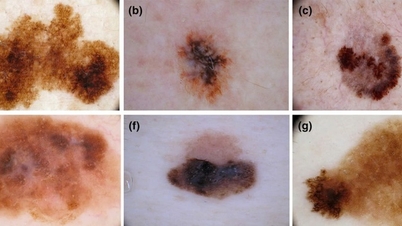



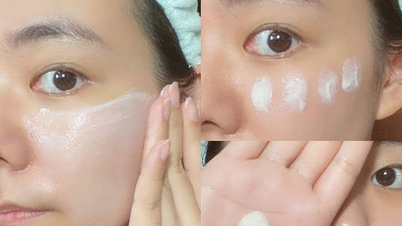












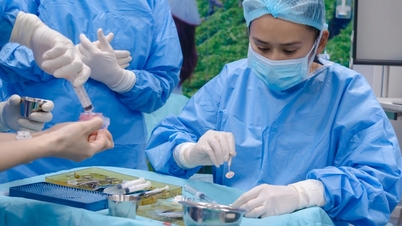





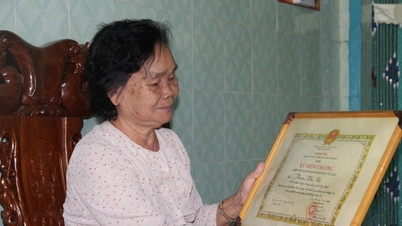










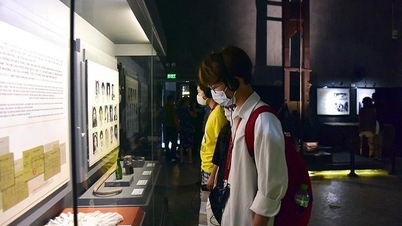





















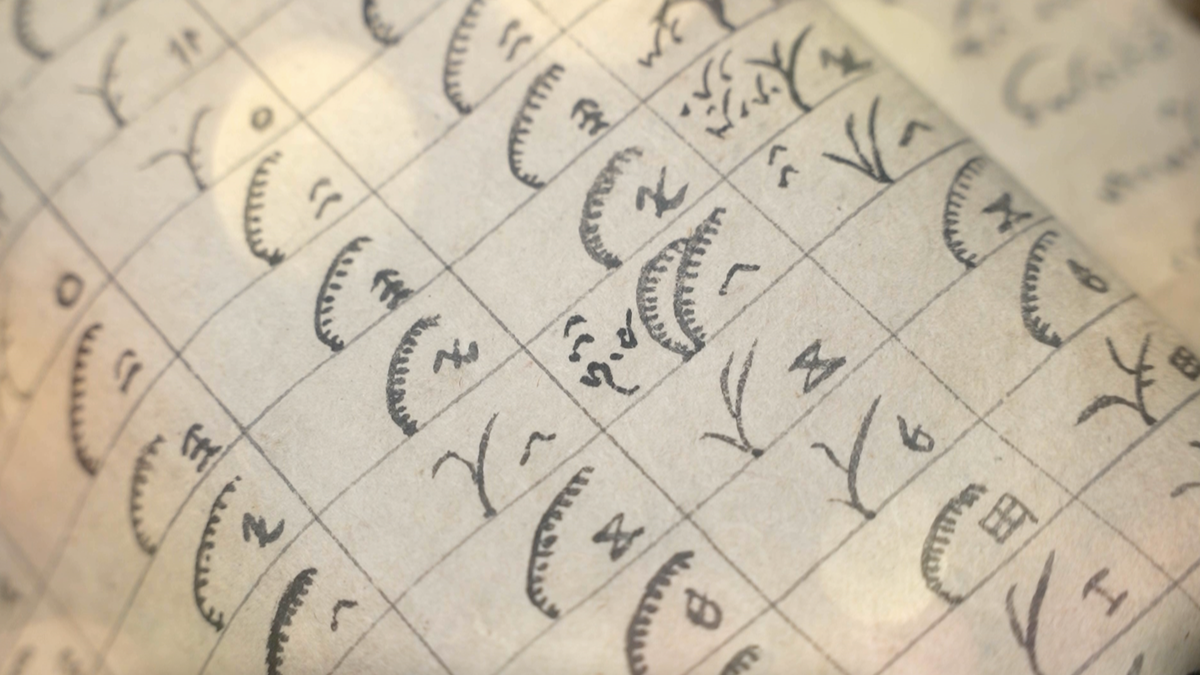

















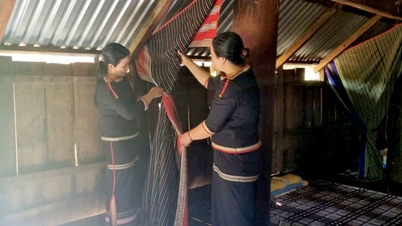






















Comment (0)